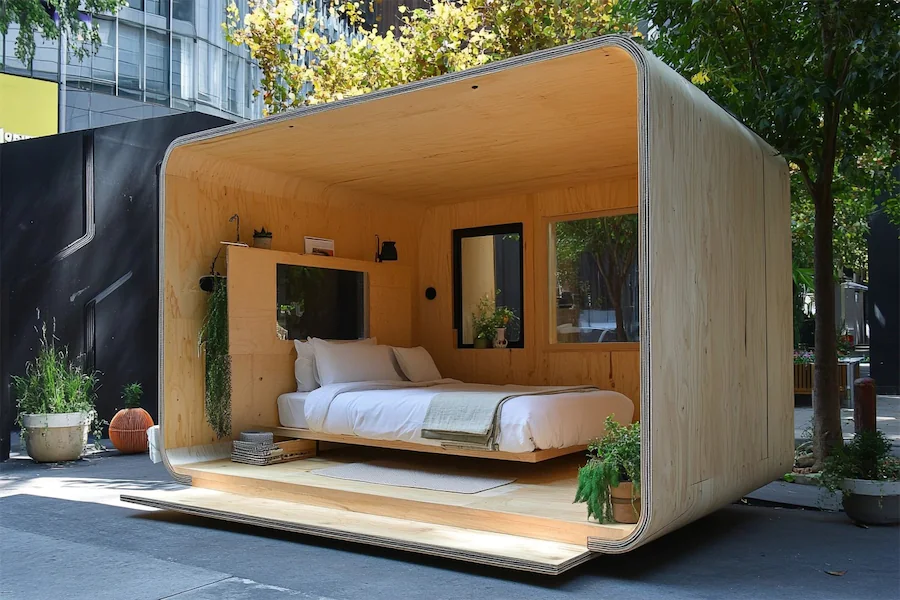A modular bedroom design emphasizes flexibility and functionality by incorporating adaptable furniture and storage solutions that can be customized to fit individual needs and space constraints.
Introduction to Modular Bedrooms
Modular bedrooms utilize furniture and design elements that can be rearranged or reconfigured to accommodate changing requirements. This approach is particularly beneficial for maximizing space in small rooms or creating a modern, clutter-free environment.
History and Origins of Modular Bedrooms
The concept of modular design gained prominence in the mid-20th century, aligning with the rise of modernist architecture that emphasized functionality and simplicity. Incorporating modular elements into bedroom design allows for personalized and efficient use of space, catering to the evolving needs of homeowners.
Key Features of Modular Bedrooms
- Adaptable Furniture: Incorporate pieces like modular wardrobes, beds with storage compartments, and customizable shelving units that can be tailored to fit specific dimensions and purposes.
- Space Optimization: Utilize designs that make the most of available space, such as built-in wardrobes or wall-mounted storage solutions, to maintain a clean and organized environment.
- Modern Aesthetics: Embrace sleek lines, neutral color palettes, and minimalist decor to create a contemporary and uncluttered look.
- Personalization: Select modular components that reflect personal style and can be easily updated or reconfigured as preferences change.
Applications of Modular Bedroom Design
- Small Bedrooms: Implement space-saving solutions like sliding door wardrobes or foldable beds to maximize functionality without compromising on style.
- Children’s Rooms: Use modular furniture that can adapt to a child’s growth and changing needs, providing longevity and versatility.
- Guest Rooms: Design multifunctional spaces with modular elements that can serve as both a comfortable sleeping area and an office or lounge when not occupied by guests.
Considerations When Designing a Modular Bedroom
- Layout Planning: Assess the room’s dimensions, door and window placements, and architectural features to optimize the layout and ensure seamless integration of modular components.
- Quality Materials: Choose durable and high-quality materials for modular furniture to ensure longevity and maintain aesthetic appeal.
- Future Flexibility: Consider potential future needs or changes in lifestyle to select modular designs that can be easily adapted or expanded.
Conclusion
Designing a modular bedroom involves thoughtful selection of adaptable furniture and efficient space planning to create a functional and personalized environment. By focusing on flexibility and modern aesthetics, you can craft a bedroom that meets your current needs while allowing for future adaptability.
